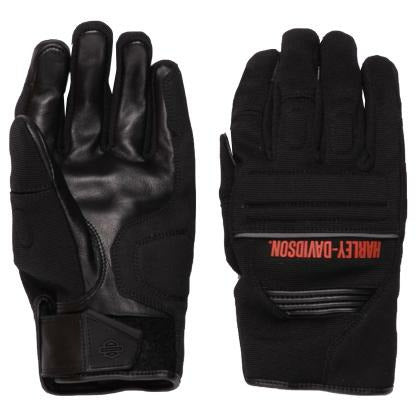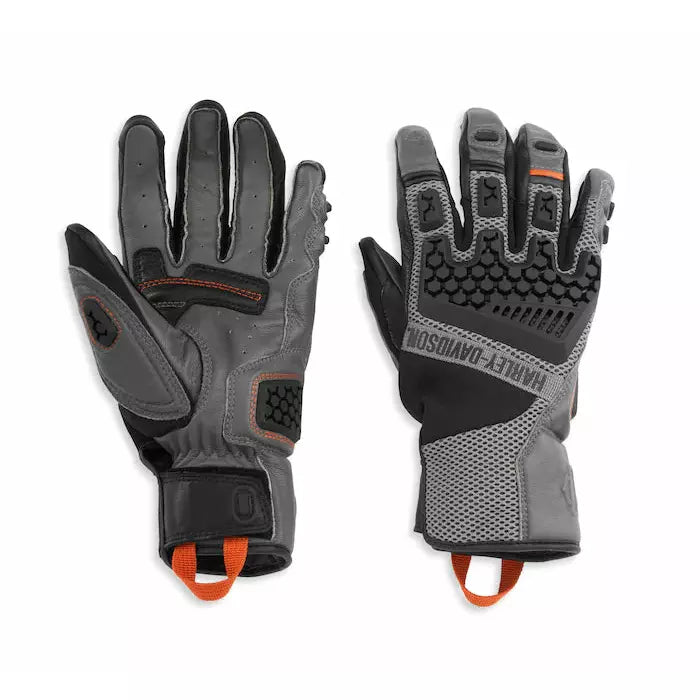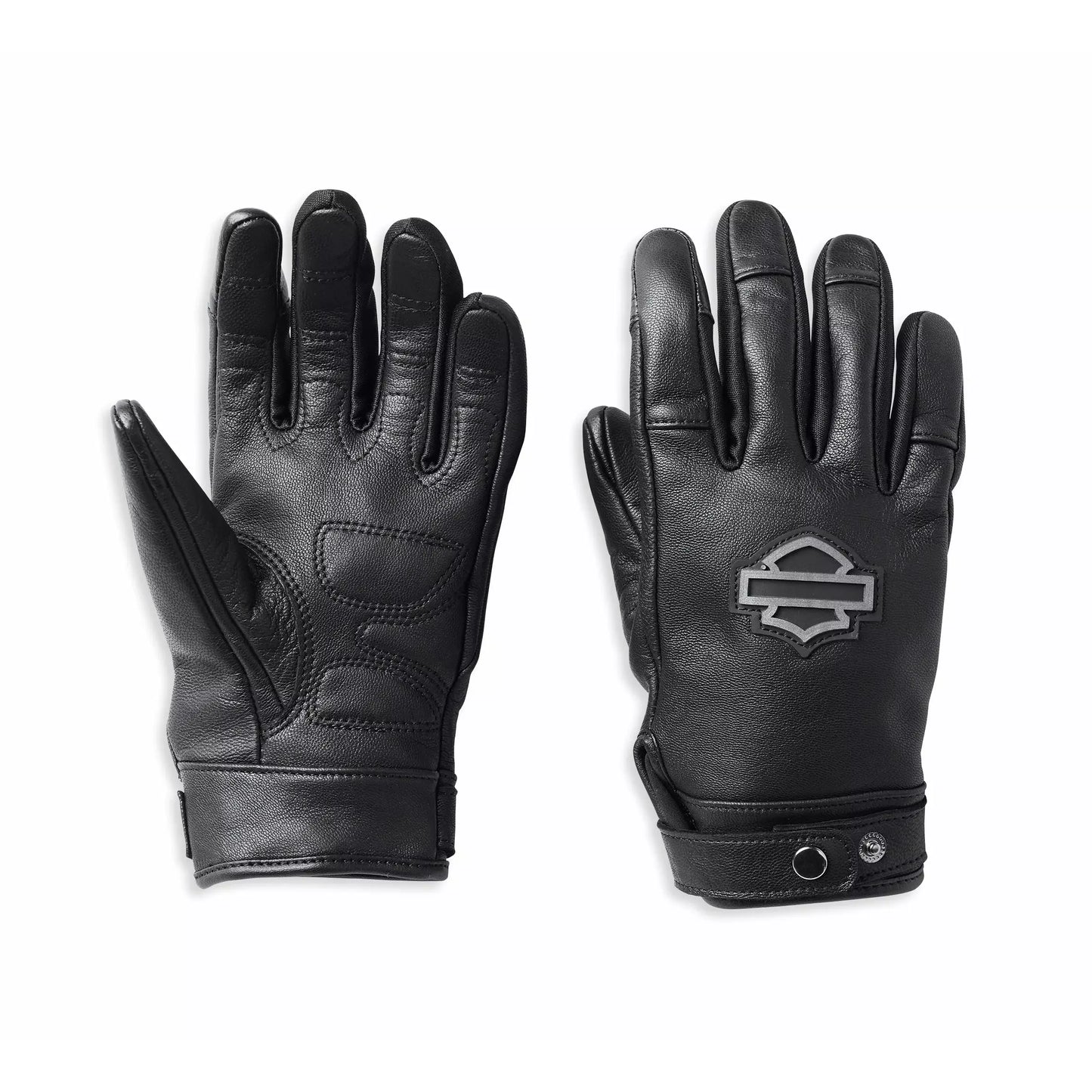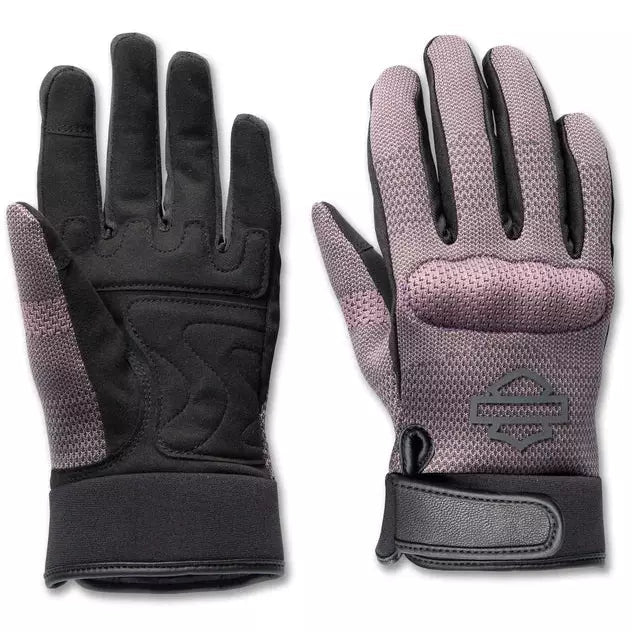How to Choose the Right Motorcycle Helmet: Safety, Fit, and Comfort
Main Points:
- Choosing the right helmet is vital for safety on the road.
- Types of helmets: Full-Face, Modular, ¾, and Open-Face.
- Find the right shape, fit, and safety features DOT and ECE certified.
- Consider ventilation, comfort, and communication system compatibility.
- Maintain the helmet by cleaning and storing it properly.
- Replace the helmet every 5-7 years or after a major accident.
- Consult a trustworthy retailer and online resources for research.
- Use specialized helmet care products for maintenance.
How to Choose the Right Motorcycle Helmet: A Comprehensive Guide to Safety, Fit, and Comfort
Riding a motorcycle is an exhilarating experience, but it also comes with inherent risks. To ensure your safety on the road, choosing the right motorcycle helmet is paramount. A well-fitting, safe, and comfortable helmet can significantly reduce the risk of head and facial injuries in the event of an accident. This guide will provide you with all the information you need to select the perfect motorcycle helmet that matches your head shape, riding style, and offers optimal safety and comfort.
I. Introduction
A. The Importance of Choosing the Right Motorcycle Helmet
A motorcycle helmet is the most important pieces of safety gear a rider can wear. It acts as a protective barrier between your head and the unforgiving asphalt, reducing the chances of severe injury or death in case of an accident. Wearing a helmet is not just a matter of following the law; it's a matter of personal safety and responsibility.
B. Types of Motorcycle Helmets: Full-Face, Modular, ¾, and Open-Face
Motorcycle helmets come in various styles, each offering different levels of protection and suitability for different riding conditions. The main types include:
Full-Face Helmets: These helmets provide the highest level of protection as they cover the entire head, face, and chin. They are ideal for high-speed riding and offer excellent protection in case of a crash.
-
Modular Helmets: Also known as flip-up or convertible helmets, modular helmets offer the convenience of both a full-face and an open-face helmet. The chin bar can be lifted up, providing more ventilation and allowing easier communication.

Title: HARLEY DAVIDSON® MEN'S QUEST MIXED MEDIA GLOVES
Price: £91.99
SHOP NOW ¾ Helmets: These helmets cover the head and most of the face, leaving the chin exposed. They offer a balance between protection and ventilation and are suitable for short-distance riding in moderate weather conditions.
Open-Face Helmets: These helmets only cover the top of the head and provide minimal protection. While they offer a wide field of vision and increased airflow, they do not provide adequate protection in case of an accident.
C. The Importance of Finding the Right Fit and Safety Features
Finding the right helmet fit is crucial for both comfort and safety. A helmet that is too loose may come off in a crash, while one that is too tight can cause discomfort and pressure points. Additionally, choosing a helmet with the right safety features, such as DOT and ECE certification, can make a significant difference in protecting your head in an accident.
II. Choosing the Right Helmet Shape
A. Knowing Your Head Shape: Oval, Round, Intermediate, or Long Oval
Head shapes vary among individuals, and choosing a helmet that matches your head shape is essential for a comfortable and secure fit. Common head shapes include oval, round, intermediate, and long oval. To determine your head shape, measure the widest part of your head and the length from the front to the back. Use these measurements to compare with the manufacturer's sizing chart.

Title: HARLEY-DAVIDSON® MEN'S GRIT ADVENTURE GLOVES
Price: £92.99
SHOP NOW
B. Trying on Different Helmet Sizes and Shapes to Find the Best Fit
The best way to find the right helmet fit is to try on different sizes and shapes until you find one that feels snug without being too tight or causing pressure points. Wear the helmet for at least 15 minutes to assess its comfort and fit. Make sure the helmet does not move around excessively when you shake your head.
C. Ensuring Snugness, No Pressure Points, or Excessive Movement
A properly fitting helmet should be snug but not too tight. There should be no pressure points or discomfort, and the helmet should not move around excessively when you shake your head. If you experience any discomfort, try a different size or shape until you find one that fits comfortably.
III. Safety Features to Consider
A. DOT and ECE Certification Standards: A Must-Have for Helmets
When choosing a motorcycle helmet, look for helmets that meet DOT (Department of Transportation) or ECE (Economic Commission for Europe) certification standards. These standards ensure that the helmet meets specific safety requirements and has been tested for impact resistance and penetration.
"According to the National Highway Traffic Safety Administration (NHTSA), helmets are 37% effective in preventing fatal motorcycle crashes."
Title: HARLEY-DAVIDSON® WOMEN'S DYNA KNIT MESH GLOVES
Price: £70.15
SHOP NOW
B. Double-D Ring Strap System: Secure and Reliable Closure
The helmet strap is a critical safety feature, and the Double-D ring strap system is considered the most secure and reliable closure mechanism for motorcycle helmets. It consists of two D-shaped rings that interlock, providing a secure and adjustable fit.
C. Snell or SHARP Rating: Signifies Compliance with Strict Safety Standards
In addition to DOT and ECE certification, you may want to consider helmets that have earned a Snell or SHARP rating. These ratings indicate that the helmet has passed additional rigorous safety tests and meets strict performance standards.
D. Anti-fog and Anti-scratch Visor: Enhanced Visibility and Safety
Choosing a helmet with an anti-fog and anti-scratch visor is essential for maintaining clear visibility while riding. Anti-fog coatings prevent the visor from fogging up in humid conditions, while anti-scratch coatings protect the visor from scratches and abrasions.
E. Reflective Strips: Increased Visibility in Low-Light Conditions
Reflective strips or decals on the helmet can increase your visibility to other road users, especially at night or in low-light conditions. This added visibility can help prevent accidents and enhance your safety on the road.

Title: HARLEY-DAVIDSON® WOMEN'S METROPOLITAN LEATHER GLOVES
Price: £86.99
SHOP NOW
IV. Comfort and Additional Considerations
A. Ventilation: Optimal Airflow for Hot Weather Riding
For hot weather riding, consider helmets with good ventilation systems. Vents located on the front, top, and back of the helmet allow air to circulate and help keep your head cool and comfortable.
B. Interior Lining: Moisture-Wicking and Removable for Cleaning
A moisture-wicking and removable interior lining can help keep your head dry and comfortable during long rides. Removable linings are also easier to clean, maintaining hygiene and aesthetics.
C. Noise Reduction: Choosing a Helmet that Minimizes Wind Noise
Wind noise can be a major annoyance for riders, especially at high speeds. Look for helmets designed to minimize wind noise by incorporating advanced aerodynamic features and sound-absorbing materials.
D. Weight: Lightweight Helmets Are Less Fatiguing and More Comfortable
A lightweight helmet can reduce fatigue and make long rides more comfortable. Lightweight helmets are typically made from advanced materials like carbon fiber or fiberglass and are less likely to cause neck strain.
E. Communication System Compatibility: Selecting a Helmet that Allows for Intercom or Bluetooth Installation
If you enjoy riding with friends or using a Bluetooth communication system, choose a helmet that is compatible with your preferred system. Some helmets have built-in speakers and microphones, while others have dedicated mounting points for intercoms or Bluetooth devices.
V. Helmet Fitment and Maintenance
A. Proper Fitment: Wearing the Helmet at Least 15 Minutes to Assess Comfort
To ensure proper fitment, wear the helmet for at least 15 minutes and assess its comfort. Make sure there are no pressure points or excessive movement. The helmet should feel snug but not too tight.
B. Cleaning the Helmet: Regular Cleaning to Maintain Hygiene and Aesthetics
Regularly clean your helmet to maintain hygiene and aesthetics. Use a mild detergent and a soft cloth to wipe the outer shell and interior lining. Avoid using harsh chemicals or abrasive materials that may damage the helmet.
C. Storing the Helmet: Keeping It in a Safe and Dry Place to Preserve Its Lifespan
Store your helmet in a safe and dry place. Avoid exposing the helmet to extreme heat or cold, as this can compromise its structural integrity. Also, keep the helmet away from sharp objects that may cause punctures or scratches.
D. Helmet Replacement: Understanding When to Replace the Helmet
Motorcycle helmets should be replaced every 5-7 years or after a major accident. Helmets that have undergone significant impact or show signs of damage should be replaced immediately. Regular maintenance and inspection can help extend the lifespan of your helmet.
VI. Conclusion
Choosing the right motorcycle helmet is a crucial decision that can significantly impact your safety and comfort on the road. By considering your head shape, riding style, and the safety features of the helmet, you can select the perfect helmet that fits your needs and provides optimal protection. Invest in a good-quality motorcycle helmet and enjoy the peace of mind that comes with knowing you are well-protected.
VII. Appendix: Additional Tips and Resources
A. Suggestions for Finding a Trustworthy Helmet Retailer
When purchasing a motorcycle helmet, it's essential to find a reputable and knowledgeable retailer. Look for retailers specializing in motorcycle gear and accessories, as they are more likely to have a wide selection of helmets and can provide expert advice on choosing the right one.
B. Online Resources for Helmet Research and Reviews
In addition to seeking advice from retailers, there are several online resources where you can research and read reviews about different motorcycle helmets. Websites like WebBikeWorld, RevZilla, and Motorcyclist offer comprehensive reviews and ratings of motorcycle helmets.
C. Recommendations for Motorcycle Helmet Maintenance Products
To keep your motorcycle helmet clean and well-maintained, consider using specialized helmet care products. Helmet cleaning kits, anti-fog sprays, and visor cleaning solutions can help maintain the helmet's performance and longevity.
Outline
I. Introduction A. The Importance of Choosing the Right Motorcycle Helmet B. Types of Motorcycle Helmets C. The Importance of Finding the Right Fit and Safety Features II. Choosing the Right Helmet Shape A. Knowing Your Head Shape B. Trying on Different Helmet Sizes and Shapes C. Ensuring Snugness, No Pressure Points, or Excessive Movement III. Safety Features to Consider A. DOT and ECE Certification Standards B. Double-D Ring Strap System C. Snell or SHARP Rating D. Anti-fog and Anti-scratch Visor E. Reflective Strips IV. Comfort and Additional Considerations A. Ventilation B. Interior Lining C. Noise Reduction D. Weight E. Communication System Compatibility V. Helmet Fitment and Maintenance A. Proper Fitment B. Cleaning the Helmet C. Storing the Helmet D. Helmet Replacement VI. Conclusion VII. Appendix: Additional Tips and Resources
FAQ
1. How often should I replace my motorcycle helmet?
Answer: Replace your motorcycle helmet every 5-7 years or after a major accident.
2. What are the benefits of a full-face helmet compared to other types?
Answer: Full-face helmets offer the highest level of protection as they cover the entire head, face, and chin. They are ideal for high-speed riding and provide excellent protection in case of a crash.
3. How can I tell if a motorcycle helmet fits properly?
Answer: Wear the helmet for at least 15 minutes and assess its comfort. Make sure there are no pressure points or excessive movement. The helmet should feel snug but not too tight.
4. What safety features should I look for when choosing a motorcycle helmet?
Answer: Look for helmets that meet DOT or ECE certification standards, have a Double-D ring strap system, and have earned a Snell or SHARP rating. Anti-fog and anti-scratch visors and reflective strips are also important safety features to consider.
5. How can I reduce wind noise while wearing a motorcycle helmet?
Answer: Choose a helmet designed to minimize wind noise by incorporating advanced aerodynamic features and sound-absorbing materials. A properly fitted helmet can also help reduce wind noise.
6. How should I clean and maintain my motorcycle helmet?
Answer: Use a mild detergent and a soft cloth to wipe the outer shell and interior lining. Avoid using harsh chemicals or abrasive materials. Store the helmet in a safe and dry place away from extreme heat or cold.
Explore More:
- Discover the Perfect Grip: Explore Our Range of Motorcycle Gloves
- Rev Up Your Style with Kawasaki Gear
- Embrace Italian Passion: Check Out Our Ducati Collection
- Stay Warm and Protected: Delve into Our Motorcycle Jackets
- Ride with the Wings: Explore Our Honda Apparel
- Elevate Your Riding Experience: Shop Motobike Jackets
- Protection and Comfort United: Discover Motorbike Pants

